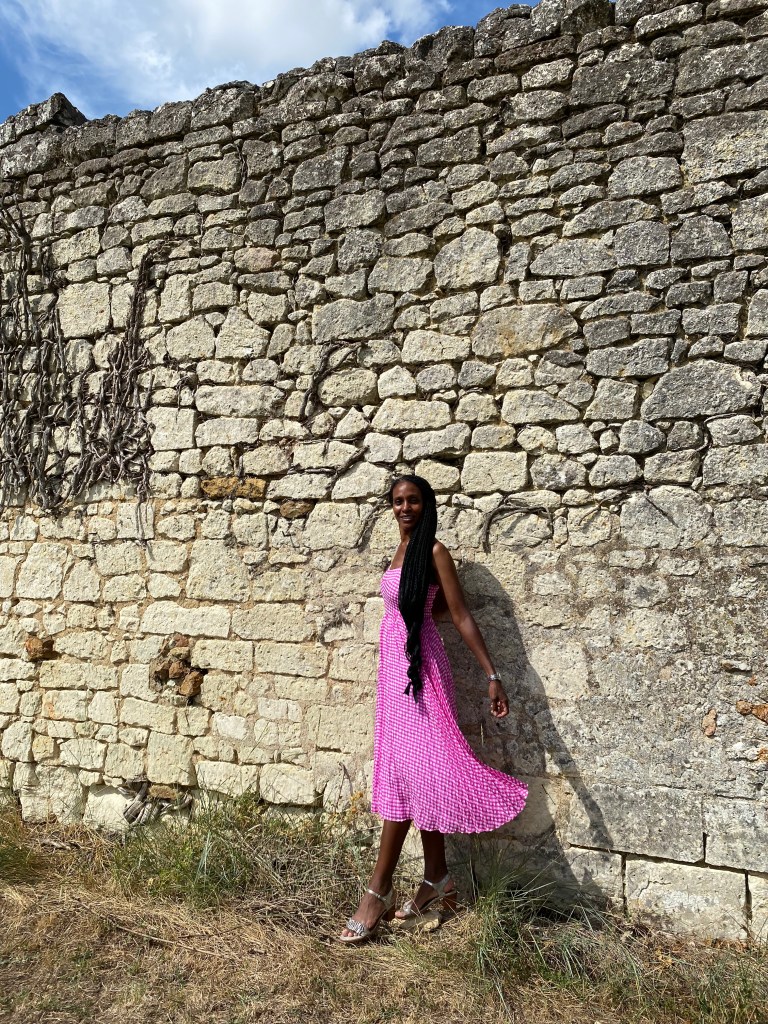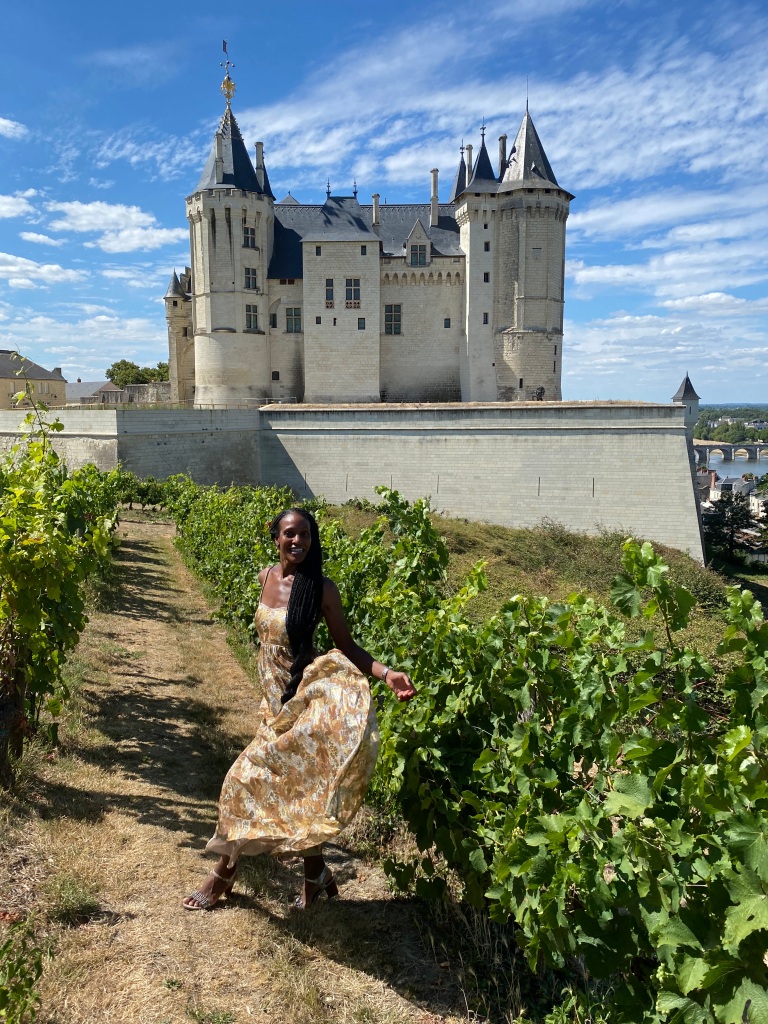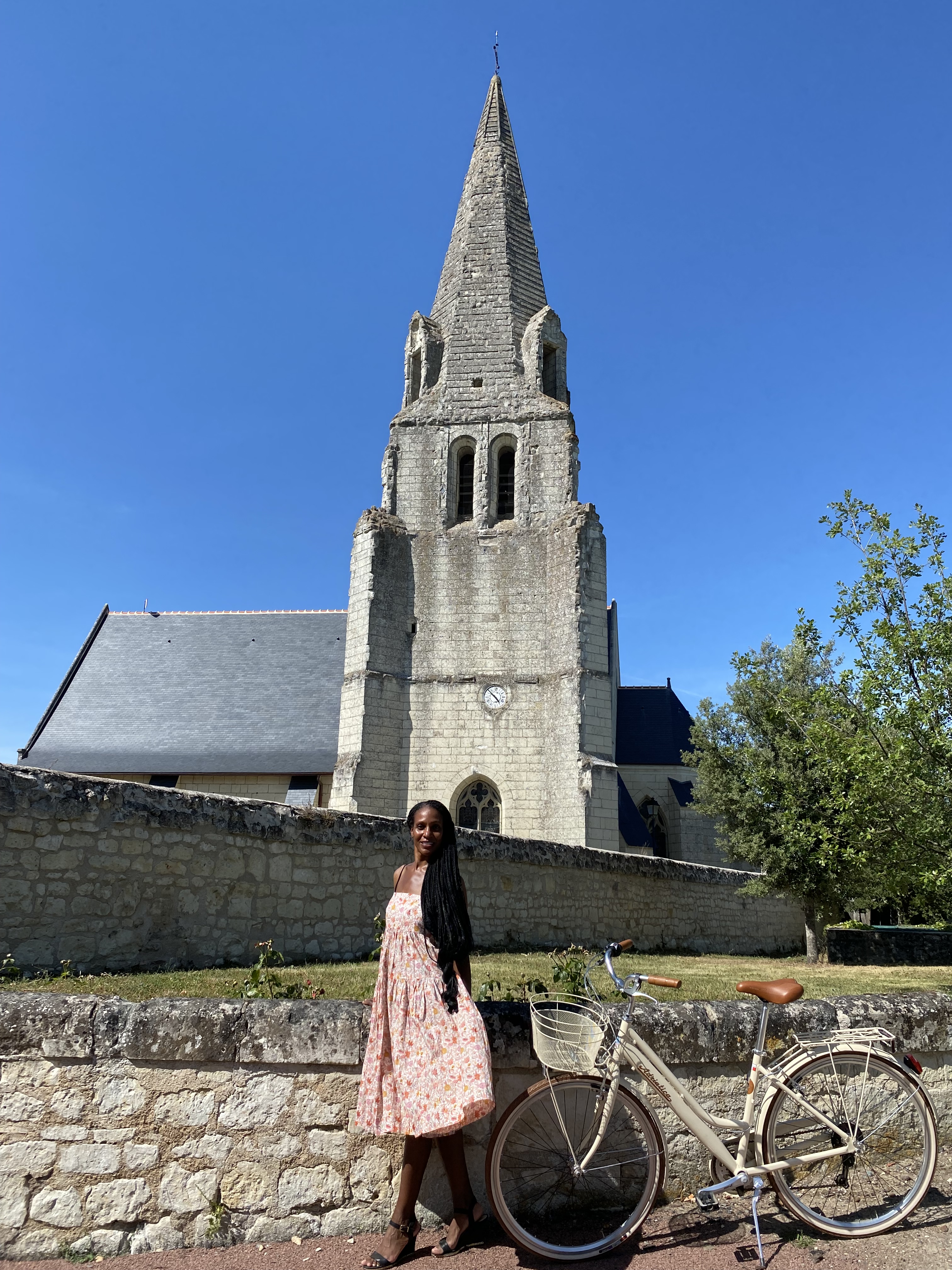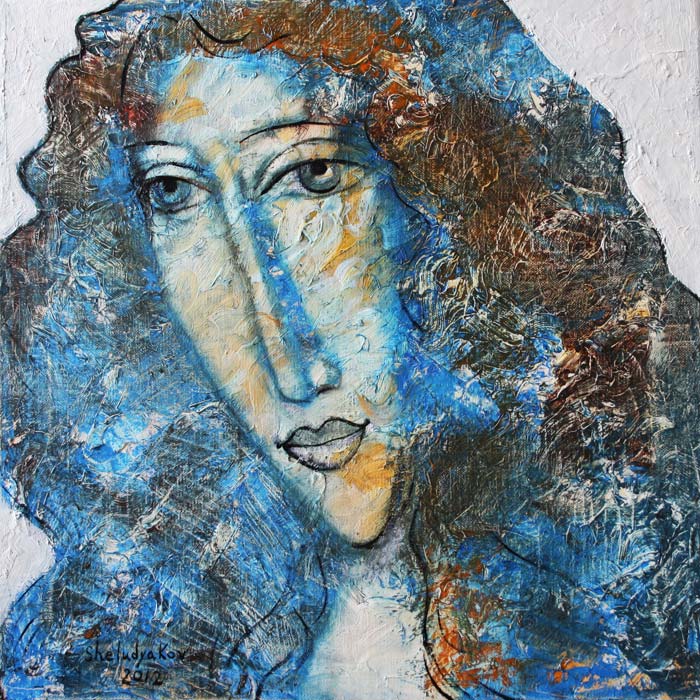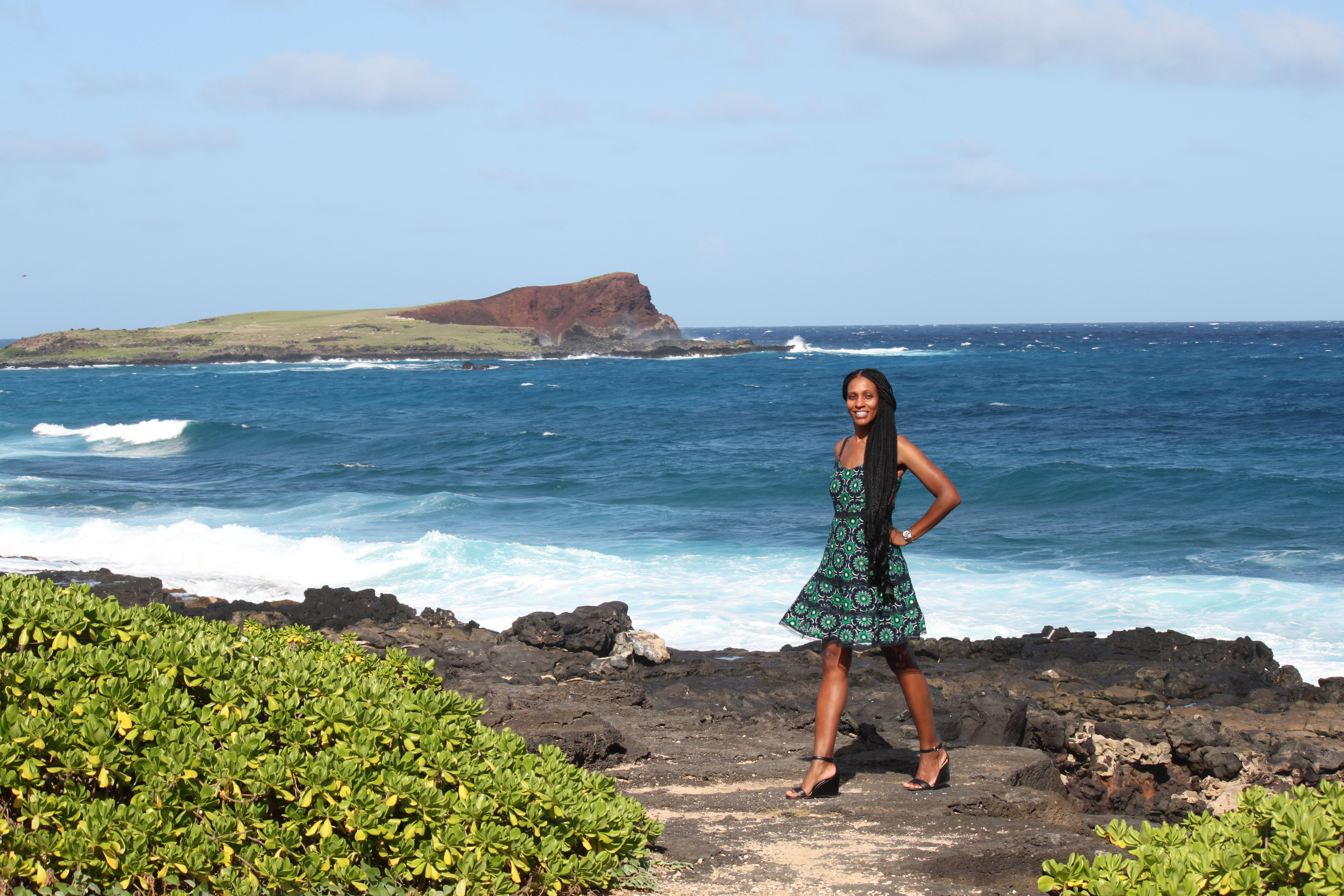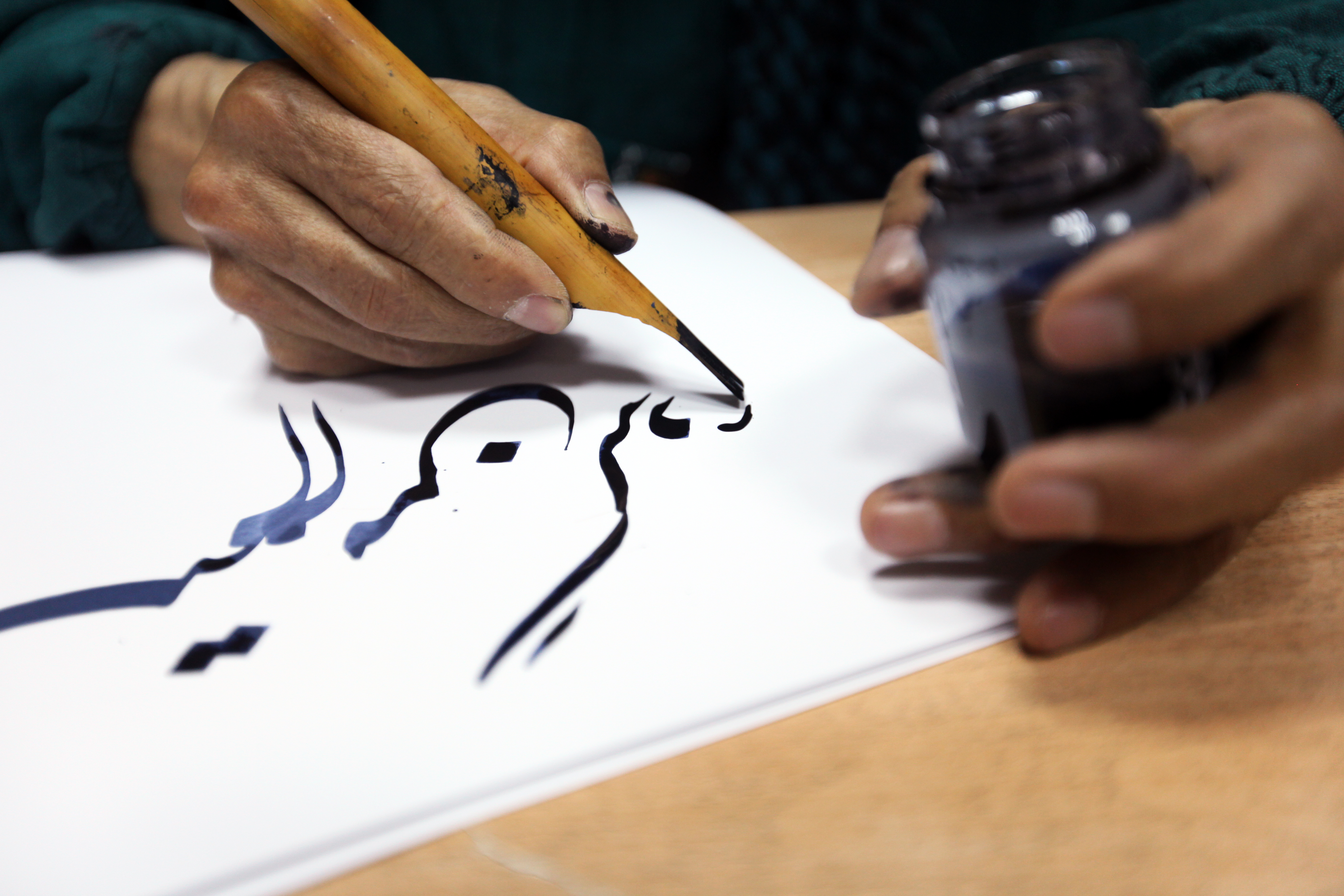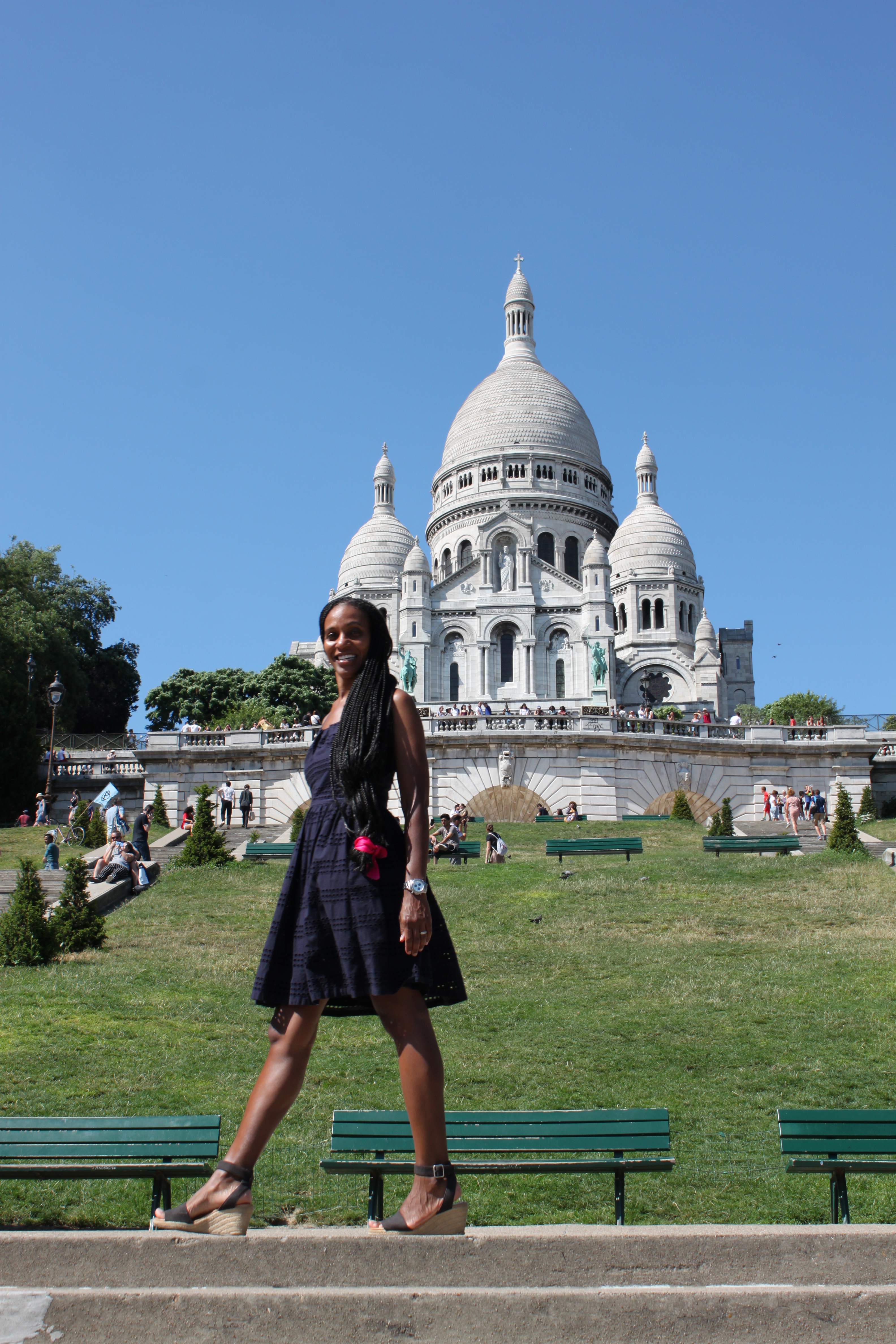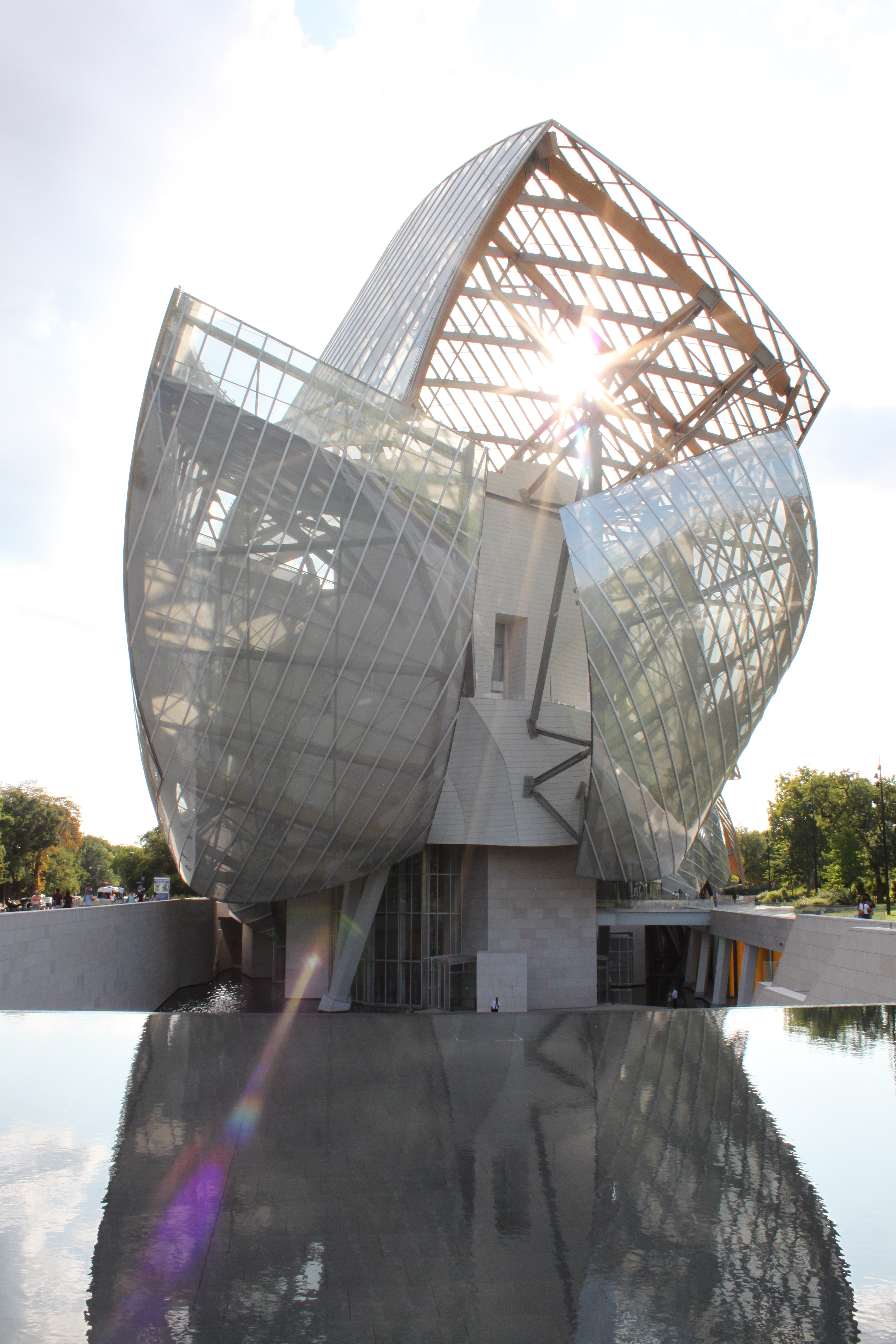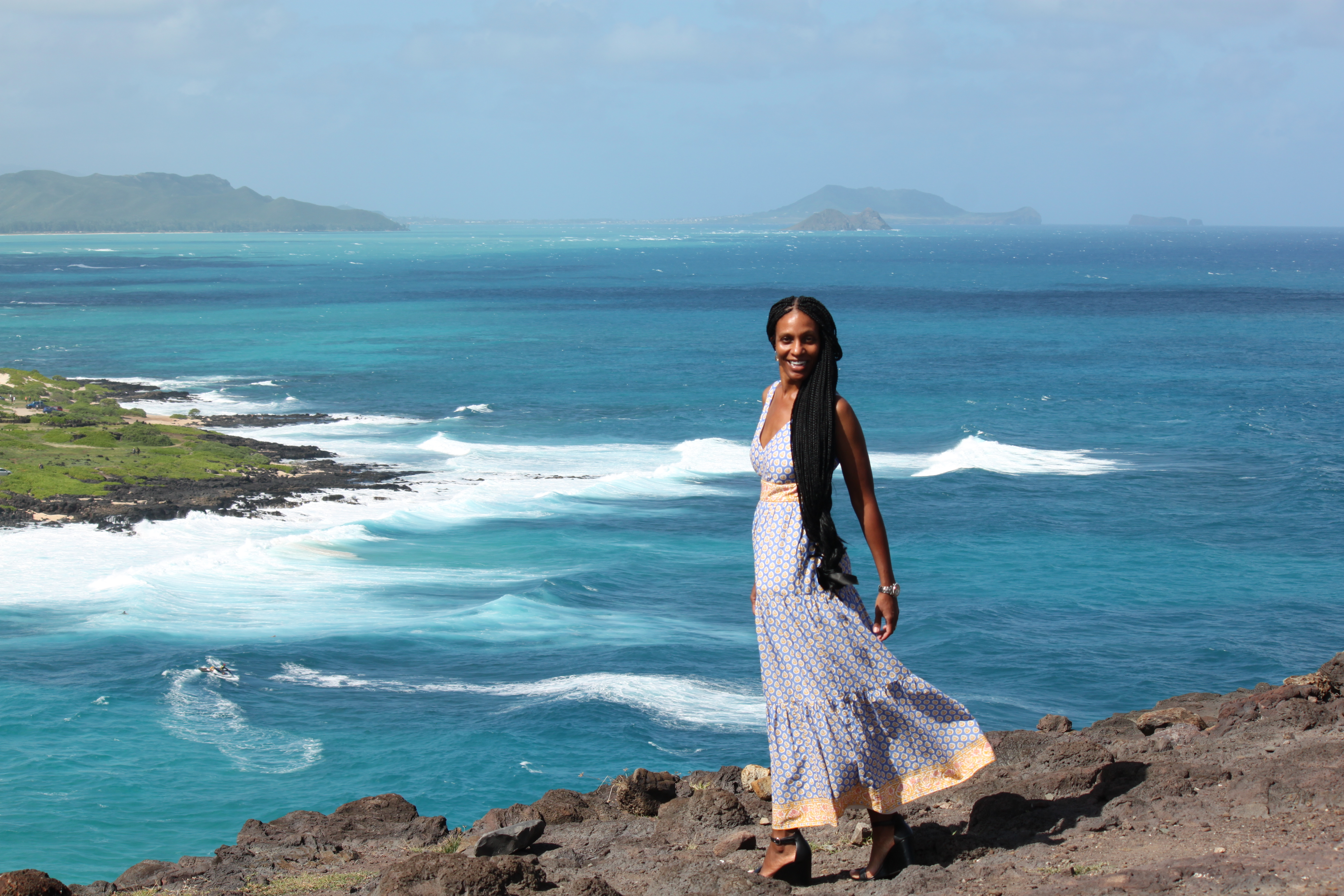
The Medina mosque, built in the 7th century by the Prophet Mohammed, is considered to be the first educational institution of the Muslim world. During this era, mosques served as the primary environments for learning. However, as societies evolved, learning circles expanded to include royal settings, as well as informal gatherings in market places. By the Abbasid period (750 – 13th century), religious education assumed a certain significance. It was not uncommon for some educators to specialize in the teachings of the Qur’an, theology, and law, while the emphasis for others was on history, the Arabic language, and literature.
Learning circles and study groups gradually increased in number, serving as the foundation of what were to become “madrasas”, or colleges, intended for adults who had completed their primary education in mosques or private schools. During the 10th century, madrasas emerged as independent institutions, distinct from mosques, which helped to create a new type of educational system. As a result, these madrasas became centers for religious and secular learning, as well as places where officials were educated according to Muslim orthodoxy. Documentary evidence and architectural remnants trace the origin of these madrasas to Khurasan and Transoxania in the 10th century, as well as in the region now known as northern Iran.
Educational stratification was the direct result of the emergence of these madrasas. They provided higher religious and secular education, while elementary education was provided by the “maktabs”. It was during this era that the term “madrasa-mosque”, prevalent in the Middle Ages, was pervasive, thus reinforcing mosques’ positioning as important social, educational, and cultural centers along the Silk Roads. In addition, madrasas containing libraries appeared in Bukhara, Khwarazm, Merv, Ghazna, and Nishapur between the 10th and 12thcenturies. There was a tendency to build architectural ensembles that often included a mosque, a madrasa, a mausoleum, and public “garmabs” (baths), at major urban sites.
Despite the 13th-century Mongol invasion, which severely destabilized learning, thereby disrupting the continuity of culture and creativity, madrasas continued to be the highest form of educational institution, spreading throughout the eastern Caliphate in the 15th century and 16thcenturies. After the successful introduction of monetary reform under the Mongols, economic life soon revived throughout modern-day Iran and Transoxania. Moreover, madrasas were also established on the Indian subcontinent as early as the thirteenth century. An example is the madrasa at Gwalior, whose architectural structure resembles that of some Buddhist “viharas” (monasteries). During this period of cultural renaissance, madrasas underwent significant changes, with preference given to its organizational role as a promoter of scientific and literary thought.
Although subject to periods of growth and decline, madrasas flourished and were considered universal centers of education and intercultural exchange amongst diverse populations. They provided a range of curricula including theology, science, history, and philosophy, as well as language, literature, philology, music, and the teaching of “adab”, or polite culture. Leading scholars recognized that the secular sciences would ensure the dynamic development of society. These teachings would later be challenged in medieval times, subjected to strict Islamic theological traditions. However, during this period, madrasas in Samarkand and Herat were highly-esteemed cultural centers for science, mathematics, astronomy, and medicine. An example is Samarkand’s renowned 15th century Ulugh Beg madrasa in the Registan square for scholars such as Ghiyath al-Din Jamshid and Qadizada Rumi. Furthermore, madrasas were established for the specialization of medicine in Herat. Madrasas such as these were not only centers for education and culture, but they also housed the poor, especially “mustahiqqs” (students), who received room and board during their studies, eventually sharing their knowledge and expertise with future generations. Over time, madrasas that first appeared along the Silk Roads in Bagdad continued to flourish, spreading throughout the current eastern Chinese regions and beyond.
Author: Jewel K. Goode. Global Communications Specialist, Writer, Art Curator, and Photographer
image © Sergey Dzyuba
sources provided upon request
Related Articles
Silk Roads Series: Sericulture
Silk Roads Series: Art of Tea
Silk Roads Series: Regional Differences in Clothing
Silk Roads Series: Traditional Batik
Silk Roads Series: Kushan Art
Silk Roads Series: Madrasas
Silk Road Series: Classical Arabic Poetry
